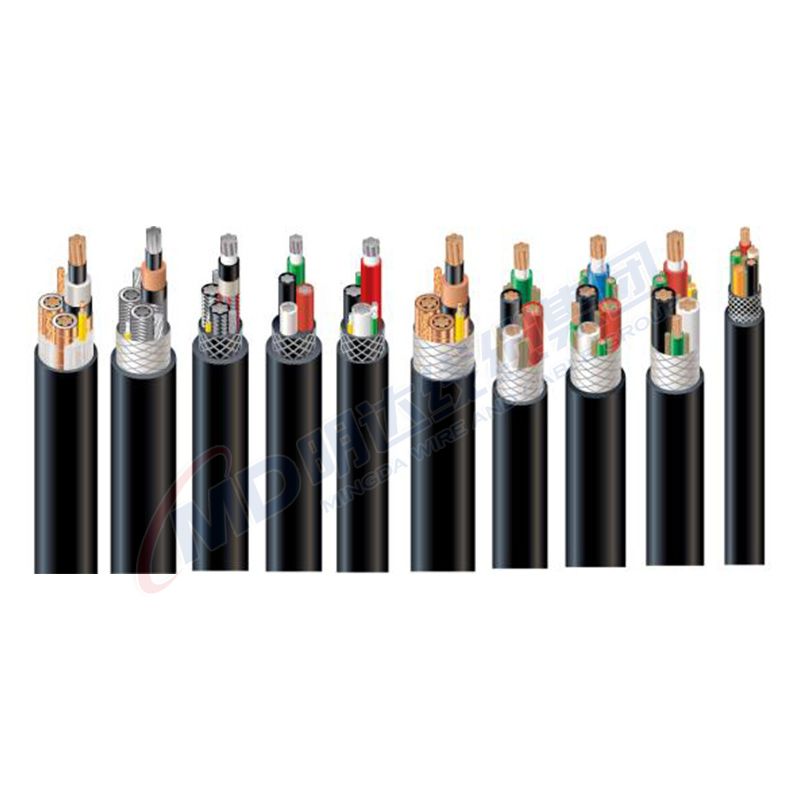12 月 . 03, 2024 18:44 Back to list
butterfly valve
Understanding Butterfly Valves Design, Functionality, and Applications
Butterfly valves are essential components in many fluid control systems, widely used in various industries due to their efficient design and functionality. Known for their ability to regulate flow with minimal pressure drop, butterfly valves have become increasingly popular in applications ranging from water supply systems to heavy industrial processes. This article provides an overview of butterfly valves, including their design, operation, advantages, and applications.
Design and Mechanism
A butterfly valve consists of a rotating disc that is mounted on a shaft, which is positioned in the center of the pipe. The disc serves as the control element that opens, closes, or partially blocks off the flow of the fluid within the pipeline. When the valve is in the fully open position, the disc is aligned with the flow, allowing for maximum throughput. Conversely, when the valve is fully closed, the disc is perpendicular to the direction of flow, creating a tight seal that restricts fluid passage.
Butterfly valves are designed in various configurations, including resilient seated, metal seated, and triple offset types. The most common design in low-pressure applications is the resilient seated butterfly valve, which features an elastomeric seal that provides excellent sealing capabilities at moderate pressures and temperatures. Metal seated valves, on the other hand, are suited for higher temperatures and pressures, making them ideal for industrial settings.
Operation
The operation of a butterfly valve can be manual or automated. In manual valves, a handle is attached to the valve shaft, allowing operators to open or close the valve by rotating the handle. Automated butterfly valves use actuators—either electric, hydraulic, or pneumatic—to control the valve's position remotely. This feature is particularly beneficial in applications that require frequent adjustments or monitoring of flow pressures, significantly enhancing operational efficiency.
Advantages of Butterfly Valves
Butterfly valves offer numerous advantages that make them a popular choice for various applications
1. Compact Design Their compact construction requires less space compared to other valve types, making butterfly valves ideal for installations where space is a constraint.
2. Low Pressure Drop Due to their design, butterfly valves generally produce minimal resistance to flow, resulting in lower pressure drops and improved energy efficiency.
butterfly valve

3. Rapid Open and Close Functionality These valves can be opened or closed quickly, which is critical in applications where rapid changes in flow are necessary.
4. Versatility Butterfly valves can handle a wide range of fluids, whether it be water, wastewater, or corrosive chemicals, making them suitable for diverse applications.
5. Cost-Effectiveness Compared to other valve types, butterfly valves are generally more affordable in terms of initial purchase and installation costs, as well as maintenance.
Applications
Butterfly valves are used across a wide spectrum of industries, including
- Water Supply and Wastewater Treatment They are commonly employed in municipal water systems for flow control and in treatment plants for regulating the flow of water.
- Oil and Gas In the oil and gas sector, butterfly valves are used for flow control in pipelines and processing units, where their durability and low weight provide significant advantages.
- Chemical Processing Their resilience against corrosive materials makes them an ideal choice for the chemical industry, where they are used to regulate fluid movement in various processes.
- HVAC Systems In heating, ventilation, and air conditioning systems, butterfly valves play a crucial role in controlling airflow and maintaining energy efficiency.
Conclusion
In summary, butterfly valves are vital components in modern fluid control systems offering several benefits including design efficiency, versatility, and cost savings. Their application across various industries showcases their adaptability and reliability. As technology advances, the design and functionality of butterfly valves continue to evolve, promising even greater efficiency and performance in fluid control systems. Understanding the characteristics and advantages of butterfly valves enables engineers and designers to make informed decisions that enhance system efficiency and reliability in industrial settings.
Share
-
Understanding the Differences Between Wafer Type Butterfly Valve and Lugged Butterfly ValveNewsOct.25,2024
-
The Efficiency of Wafer Type Butterfly Valve and Lugged Butterfly ValveNewsOct.25,2024
-
The Ultimate Guide to Industrial Swing Check Valve: Performance, Installation, and MaintenanceNewsOct.25,2024
-
Superior Performance with Industrial Swing Check Valve: The Essential Valve for Any SystemNewsOct.25,2024
-
Industrial Swing Check Valve: The Ideal Solution for Flow ControlNewsOct.25,2024
-
You Need to Know About Industrial Swing Check Valve: Functionality, Scope, and PerformanceNewsOct.25,2024